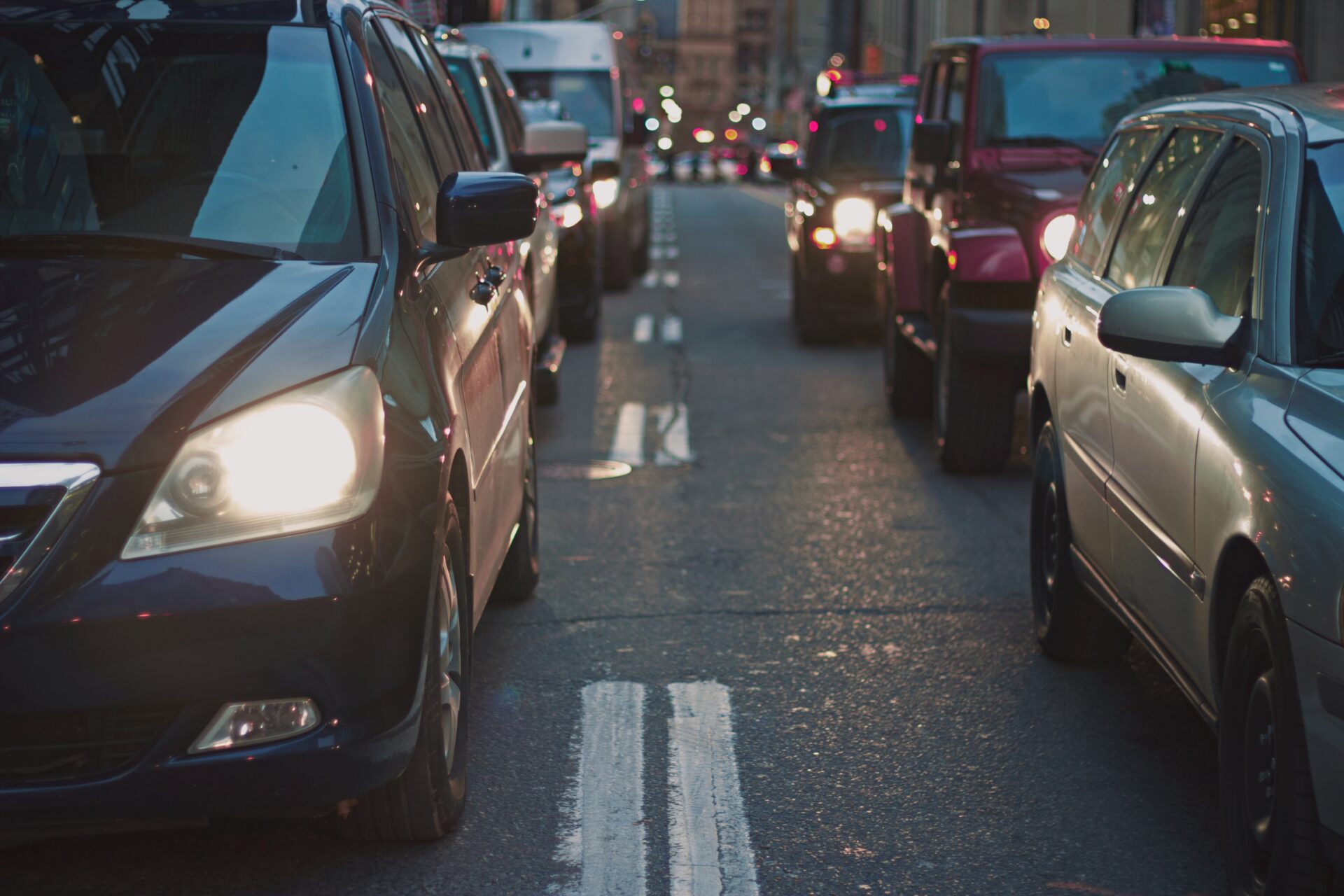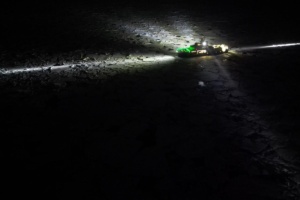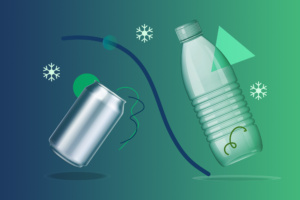The FuChar project studies how the infrastructure for electric power distribution should be designed to serve the private electric vehicles and small commercial vans in an efficient way in the future. Factors such as the number and share of electric vehicles are important, but we also need a demand profile that says something about when we charge, where we charge, how long and how often we charge. There are indications that we must have opportunities to fast charging if we are to be able to fully electrify the car fleet in the small car segment. Other factors determining the charging demand profile are the taxes and tariff structure, habits, place of residence and ownership structure.
Policy and influence
Road traffic accounts for 17% of the total greenhouse gas emissions from Norway, and more than half of the emissions from the transport sector. Emissions from road traffic amounted to 8 million tonnes in 2019. The official target is to reduce these emissions by 50% within 2030. This will be achieved through a ban on purchase of new fossil fuelled passenger cars and small commercial vans from 2025, and there is a target on zero growth in the passenger car fleet.
Both climate policy and policies directly aimed at car owners seem to have a major impact on the choice of car types and driving habits.
Norway is world-renowned for its favorable electric vehicle policy. There are no other countries in the word with a higher market share of electric vehicles per capita than Norway. Even though some of the benefits for electric vehicles are reduced or removed, there is little indication that the trend of an increasing share of electric vehicles will reverse. Now that the political attention is increasingly focusing on vans and favorable economic framework conditions are in place, small commercial vans can catch up.
Battery-electric and/or hydrogen?
The costs of battery production are falling, and electric vehicles are getting ever larger battery packs and a longer range. For example, the most recently launched Tesla model S has increased the range by 20 percent compared to its predecessor from two years before, while both generations have a battery size of 100 kWh. The first Tesla model S was launched in 2012, had a battery size of 40 kWh and a range of 224 km. The range of the newest Tesla model S is up to 647 km. Norway’s most bought car in 2020, the Audi E-tron, has a range of 436 km.
Another low-emission solution is hydrogen-electric cars. Hydrogen-electric cars have a longer range and take less time to refuel. There are however fewer car makes to choose from, and the number of commercial filling stations in the entire country is currently only one. The Hyundai Nexo, which is also an SUV, has the same range as Tesla’s model S, and has around the same selling price as the Audi E-tron. However, the fuel cost is higher, and in fact at the same level as the current diesel cars.
Projections for the passenger car fleet indicate that hydrogen-electric vehicles will take a small share compared to battery-electric vehicles. However, the relatively lower energy density of batteries in relation to weight makes hydrogen better suited as fuel for long-haul transport; for heavy-duty transport, maritime transport and potentially aircraft and space travel. The role of hydrogen and battery-electric solutions will depend on the further technological development for both batteries and for hydrogen technology.
Globally, hydrogen may play a greater role. And it can happen faster, because electricity has a lower renewable share than in Norway. Also, all countries are under pressure to decarbonize the transport sector.
It is also worth noting that hydrogen cars are only emission-free if the hydrogen is produced through electrolysis from renewable energy. Hydrogen can also be produced from natural gas, which will only be a low-emission alternative if CO2 capture and storage is in place. The emission from hydrogen-fuelled cars is however only water vapor.
Biogas and biofuels are other alternatives to low-emission transport. However, energy market modelling projects the largest bio-share to transport modes that are more difficult to decarbonize, such as aviation. Biomass is a scarce resource, and it has proved difficult to achieve the climate goals in several countries and at the same time satisfy a sustainable utilization of the biomass resources.
Future stories
The zero-growth target will in urban areas be met by growth in public transport, bicycling and pedestrians. As people become more environmentally conscious, and it becomes more expensive and less accessible to drive and park in downtown areas, there is also a growing interest in car sharing, and it seems that this growing trend is continuing.
In rural areas car use and car ownership is more difficult to replace. However, we can expect a convergence as battery technology develops.
One can make forecasts for the small vehicle fleet of the future based on historical data, for example from statistics on first-time registration, car wrecking, development in the car fleet and economic factors. However, such projections do not display disruptive developments, such as new business models, behavioral changes and new technologies. In the FuChar-project we are developing one reference scenario based on historical data, and one scenario based on imaginaries, where new business models, such as car sharing, changes in attitudes, a higher share of public transport, bicycling and pedestrians, as well as the adoption of new technologies as battery swap and autonomous vehicles is considered.
Battery swap can be especially useful for commercial vehicles used for short hauls, such as courier and taxi services. Charging time is avoided, and it enables rental instead of ownership of the most expensive part of the car, which is the battery pack. However, there are some barriers to overcome before battery swap is becoming commonplace. As of today, the different car brands have different standards, and the cars are not designed for the battery frequently being removed. Furthermore, battery swap also requires infrastructure with stations where you can perform the battery swap easily. Finally, batteries have different performance depending on how many times it has been charged, which may have to be included in the rental price and requires deployment of Internet of Things.
Autonomous vehicles have been a talking point for years, and it is a hot topic within research. Furthermore, the corona epidemic has made it even more relevant. The development of sensory science is rapid, and we expect an autonomy share for the small vehicle segment and at level 5 (no need for a steering wheel) of 10% in 2030 and 30% in 2040.








Comments
Exiting read. Now if we can get those battery factories up and running, maybe Norway can have a say on battery standards as well ? Good luck with the project!